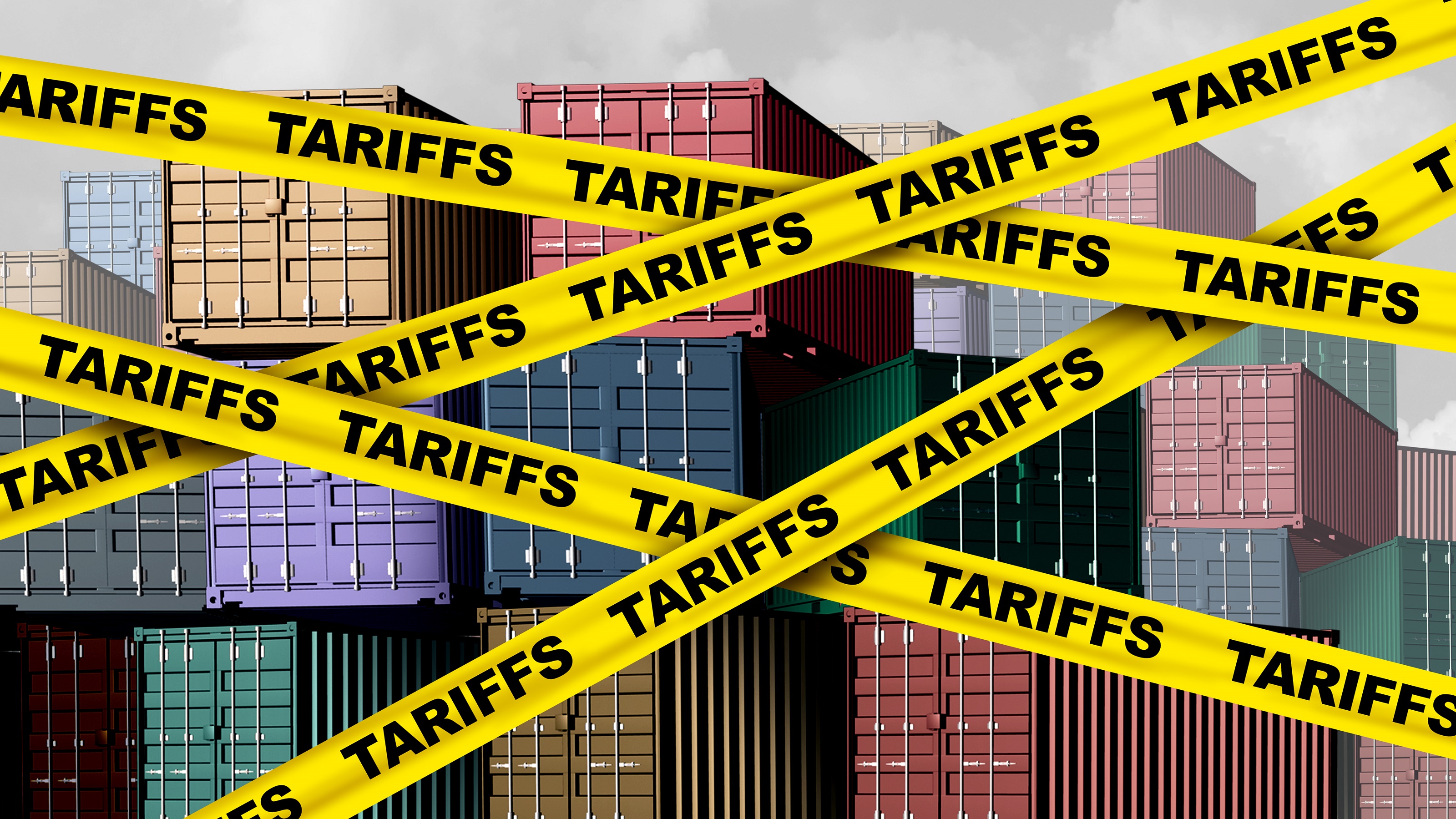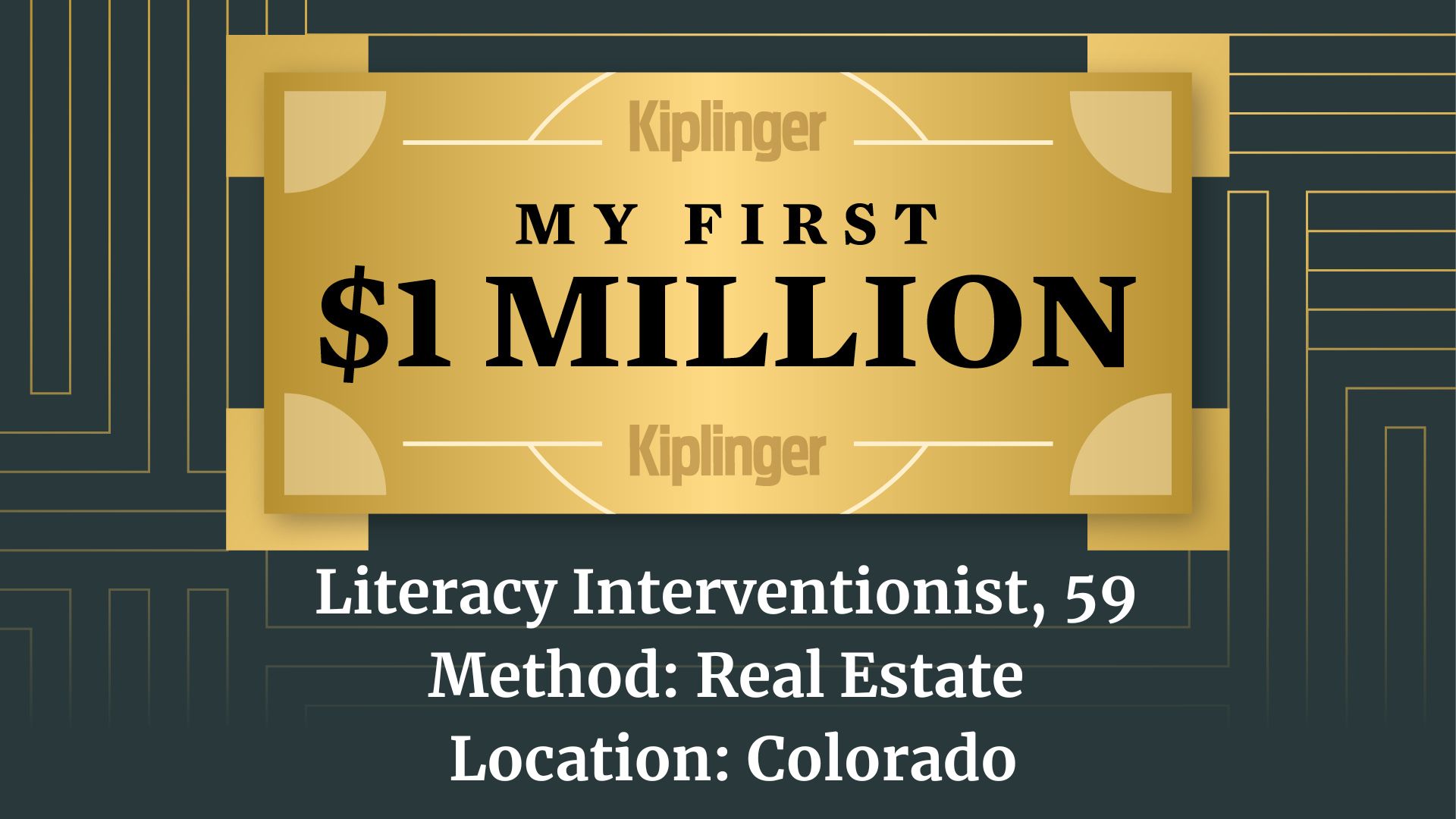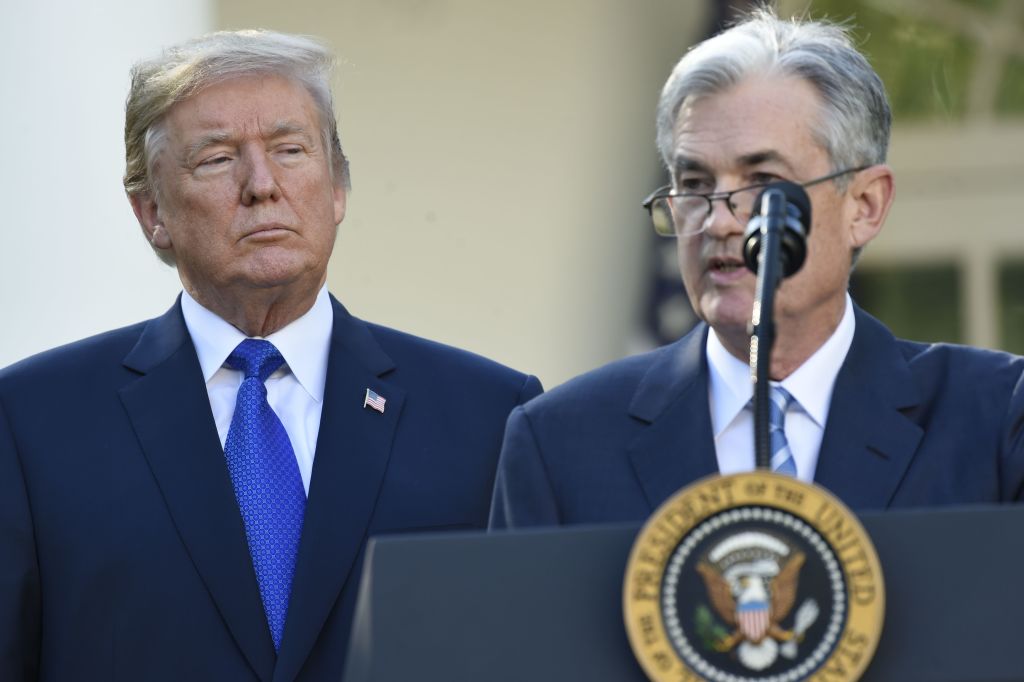Kiplinger Business Spending Outlook: Uncertainty Reigns Supreme
An uptrend in business confidence is suddenly in question.

Kiplinger’s Economic Outlooks are written by the staff of our weekly Kiplinger Letter and are unavailable elsewhere. Click here for a free issue of The Kiplinger Letter or subscribe for the latest trends and forecasts from our highly experienced Kiplinger Letter team.
Surveys of business uncertainty spiked to record or near-record levels in February, likely related to the uncertainty of administration tariff policy. The National Federation of Independent Business (NFIB) Uncertainty Index rose to its second-highest level ever, behind only last October’s reading, before the presidential election. That has had the effect of dampening the business outlook and turning businesses more cautious about plans to expand, hire or invest in new capital equipment.
Business spending on capital equipment had been slowly improving through the second half of last year, but that is now in question. Hard data on spending showed a marked pickup in orders in January, and shipments in February, but these are likely related to attempts to push forward purchases before the implementation of any new tariffs.

Sign up for Kiplinger’s Free E-Newsletters
Profit and prosper with the best of expert advice on investing, taxes, retirement, personal finance and more - straight to your e-mail.
Profit and prosper with the best of expert advice - straight to your e-mail.
Labor costs should increase at a slightly slower pace in 2025. Annual wage growth should dip from 4.0% now to about 3.5% by the end of 2025. However, production worker/blue-collar wage growth should stay elevated at 4.0%, as the slowing of immigration reduces labor supply for these jobs. Of course, the construction, agriculture, retail, and leisure and hospitality industries will be most affected by possible labor shortages.
The cost of shipping by truck will rise over the rest of the year, but very slowly. Truckload spot rates excluding fuel surcharges will be 10% higher by the end of 2025, as demand for freight shipping improves, according to Avery Vise of FTRintel. Excess capacity in the truckload market is gradually being squeezed out. Contract rates will follow with a lag, up about 3% at the end of 2025. Less-than-truckload contract rates should also rise only a small amount, given their sustained rise earlier.
The cost of ocean shipping should drop this year to 2023 levels or below. The market should weaken both because tariffs on imports from China figure to reduce demand, and because of excess shipping capacity. While 2024 was highly profitable for the ocean shipping industry, analysts expect losses over the next several years. Only a quarter of current capacity is being used, and new ships being built through 2027 will add even more capacity. Also, the Red Sea closure is absorbing 10% of worldwide capacity to make the longer trip around the southern tip of Africa. Whenever the Red Sea opens again to normal traffic, this extra shipping capacity will no longer be needed.
Prices of materials are mostly rising because of new tariffs, or threats of them. Copper prices have soared 31% and lumber prices, 22% this year on speculation that tariffs may be levied. Steel prices are up 28% this year, anticipating the 25% tariffs which have now been imposed on all steel and aluminum imports.
Other tariffs that have been implemented include an additional 20% on imports from China, bringing the rate to 30%; 25% on imported motor vehicles; 25% on imports from Canada and Mexico that were not covered under the previous USMCA agreement (up for renegotiation in July 2026); and 10% on energy imports from Canada.
Get Kiplinger Today newsletter — free
Profit and prosper with the best of Kiplinger's advice on investing, taxes, retirement, personal finance and much more. Delivered daily. Enter your email in the box and click Sign Me Up.

David is both staff economist and reporter for The Kiplinger Letter, overseeing Kiplinger forecasts for the U.S. and world economies. Previously, he was senior principal economist in the Center for Forecasting and Modeling at IHS/GlobalInsight, and an economist in the Chief Economist's Office of the U.S. Department of Commerce. David has co-written weekly reports on economic conditions since 1992, and has forecasted GDP and its components since 1995, beating the Blue Chip Indicators forecasts two-thirds of the time. David is a Certified Business Economist as recognized by the National Association for Business Economics. He has two master's degrees and is ABD in economics from the University of North Carolina at Chapel Hill.
-
 Two Don'ts and Four Dos During Trump's Trade War
Two Don'ts and Four Dos During Trump's Trade WarThe financial rules have changed now that tariffs have disrupted the markets and created economic uncertainty. What can you do? (And what shouldn't you do?)
By Maggie Kulyk, CRPC®, CSRIC™
-
 I'm Single, With No Kids: Why Do I Need an Estate Plan?
I'm Single, With No Kids: Why Do I Need an Estate Plan?Unless you have a plan in place, guess who might be making all the decisions about your prized possessions, or even your health care: a court.
By Cynthia Pruemm, Investment Adviser Representative
-
 Two Don'ts and Four Dos During Trump's Trade War
Two Don'ts and Four Dos During Trump's Trade WarThe financial rules have changed now that tariffs have disrupted the markets and created economic uncertainty. What can you do? (And what shouldn't you do?)
By Maggie Kulyk, CRPC®, CSRIC™
-
 I'm Single, With No Kids: Why Do I Need an Estate Plan?
I'm Single, With No Kids: Why Do I Need an Estate Plan?Unless you have a plan in place, guess who might be making all the decisions about your prized possessions, or even your health care: a court.
By Cynthia Pruemm, Investment Adviser Representative
-
 Most Investors Aren't as Diversified as They Think: Are You?
Most Investors Aren't as Diversified as They Think: Are You?You could be facing a surprisingly dangerous amount of concentration risk without realizing it. Fixing that problem starts with knowing exactly what you own.
By Scott Noble, CPA/PFS
-
 The Economic Impact of the US-China Trade War
The Economic Impact of the US-China Trade WarThe Letter The US-China trade war will impact US consumers and business. The decoupling process could be messy.
By David Payne
-
 My First $1 Million: Literacy Interventionist, 59, Colorado
My First $1 Million: Literacy Interventionist, 59, ColoradoEver wonder how someone who's made a million dollars or more did it? Kiplinger's new My First $1 Million series uncovers the answers.
By Joyce Lamb
-
 Will My Children Inherit Too Much?
Will My Children Inherit Too Much?If you worry about how your children will handle an inheritance, you're not alone. Luckily, you have options — from lifetime gifting to trusts — that can help.
By Mallon FitzPatrick, CFP®, AEP®, CLU®
-
 Charitable Giving Lessons From Netflix's 'Apple Cider Vinegar'
Charitable Giving Lessons From Netflix's 'Apple Cider Vinegar'Charity fraud is rife, and a Netflix series provides a timely warning about donating money to a good cause without looking into its background.
By Peter J. Klein, CFA®, CAP®, CSRIC®, CRPS®
-
 What Happens To Mortgage and Savings Rates If Trump Fires Jerome Powell?
What Happens To Mortgage and Savings Rates If Trump Fires Jerome Powell?President Donald Trump expressed his desire to remove Fed Chair Jerome Powell. If the president is successful, how would it impact your savings accounts?
By Sean Jackson